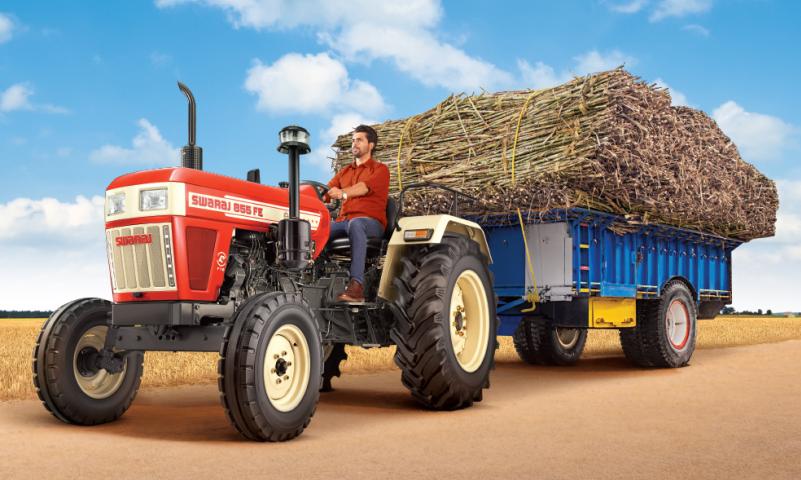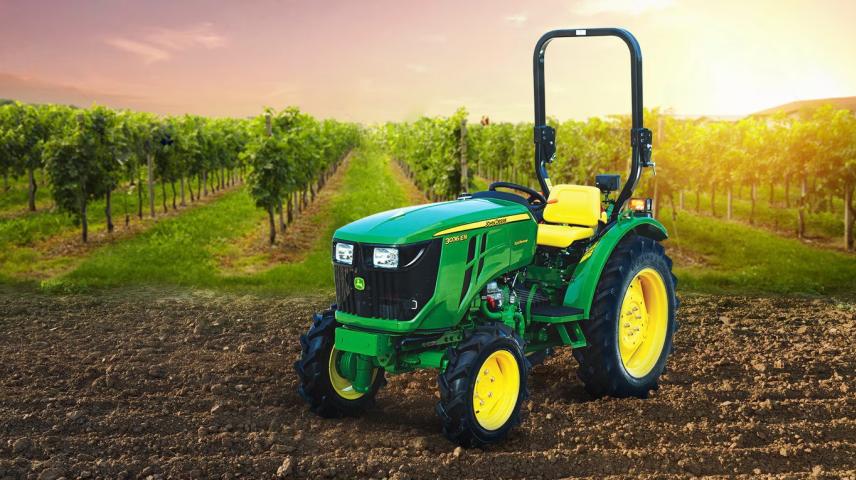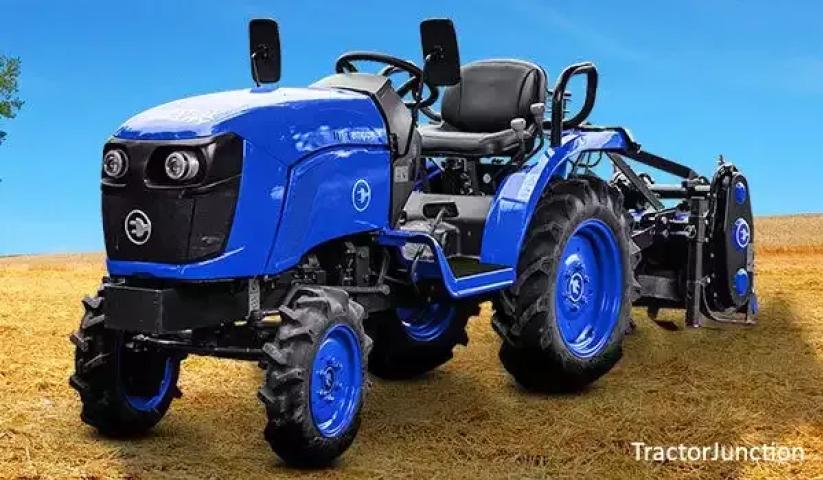Commercial agriculture is a type of farming that focuses on producing crops or livestock for sale in the market rather than for personal consumption or local exchange. Unlike subsistence farming, which is primarily aimed at producing food for the farmer’s own household or local community, commercial agriculture is driven by profit, scale, and efficiency. In this article, we will explore what commercial agriculture is, how it functions, the different types of commercial agricultural practices, its economic impact, benefits, and the challenges it faces in today’s rapidly changing world.
Defining Commercial Agriculture
At its core, commercial agriculture is the large-scale production of crops, livestock, or both for sale in national or global markets. It involves specialized farming operations that are highly mechanized, use advanced technology, and rely on large amounts of land and capital. The goal is not to meet the immediate food needs of a household but to produce goods that can be sold for profit, making it a central component of modern economies.
Commercial agriculture typically emphasizes efficiency and productivity. This means that farms tend to grow only a few types of crops or raise a specific breed of livestock to ensure that the production process is streamlined. Commercial farming can be practiced in many regions worldwide, with industrial-scale farms operating in both developed and developing countries.
Key Characteristics of Commercial Agriculture
- Scale and Size: Commercial farms are generally large in scale. They often span hundreds or thousands of acres, especially in the case of crop production. These large-scale operations enable economies of scale, which reduce the cost per unit of output as the farm size increases. In contrast to subsistence farming, where families tend to smaller plots of land, commercial agriculture is associated with extensive land use and intensive farming techniques.
- Profit-Oriented: The primary objective of commercial agriculture is profit. Farmers involved in commercial agriculture are motivated by market demand and financial return, unlike subsistence farmers who primarily focus on meeting their own needs. This means that commercial farmers carefully consider market trends, consumer preferences, and prices when choosing what crops to grow or animals to raise.
- Use of Technology and Innovation: Commercial farming relies heavily on modern technology to improve productivity and efficiency. This includes the use of mechanized equipment such as tractors, combine harvesters, and automated irrigation systems. Advances in biotechnology, such as genetically modified (GM) crops and animal breeding technologies, have also played a major role in increasing yields and reducing production costs. The integration of data analytics and precision farming techniques enables farmers to monitor soil health, crop conditions, and resource usage in real time, further enhancing operational efficiency.
- Capital Intensive: Commercial agriculture requires significant investment in machinery, land, infrastructure, and inputs such as fertilizers, seeds, and pesticides. This capital-intensive nature means that commercial farmers often need access to credit or substantial financial backing to operate effectively. This financial structure contrasts with subsistence farming, which tends to require fewer upfront investments.
- Market and Global Reach: A distinguishing feature of commercial agriculture is its connection to national and international markets. Farmers grow crops or raise livestock with the intent of selling them to wholesalers, retailers, or export markets. Commercial agriculture is closely linked to global supply chains, especially for high-demand products like soybeans, coffee, and grains, making it an important aspect of international trade.
Types of Commercial Agriculture
Commercial agriculture is not a one-size-fits-all industry, as it varies greatly depending on geographical location, climate, and market demand. Below are some of the primary types of commercial agriculture:
- Crop Production:
- Grain Farming: This type of farming focuses on the production of staple grains such as wheat, corn, rice, and barley. These grains are produced on large-scale farms and often exported to other countries, making grain farming a major player in international food markets.
- Cash Crops: Cash crops are grown specifically for sale rather than for consumption by the farmer. Examples include cotton, tobacco, coffee, cocoa, and sugarcane. Cash crops are often grown in tropical or subtropical climates, and their profitability can be heavily influenced by global commodity prices.
- Fruit and Vegetable Farming: Fruits and vegetables, such as tomatoes, apples, grapes, and strawberries, are grown on a commercial scale in specialized farming operations. These crops are often cultivated using greenhouses or high-tech methods like hydroponics to maximize yield and minimize resource use.
- Livestock Farming:
- Dairy Farming: Dairy farms produce milk and other dairy products like cheese and butter. This type of commercial agriculture is highly mechanized and uses advanced breeding techniques to increase milk production per cow.
- Cattle Ranching: Cattle farming focuses on raising cattle for beef production. Large ranches are often spread over extensive areas of land and may involve both breeding and finishing (fattening) cattle for slaughter.
- Poultry Farming: Commercial poultry farming involves raising chickens for eggs and meat. This is a highly industrialized process that utilizes factory-like systems to house and feed large numbers of chickens at once.
- Mixed Farming: Some commercial farms practice mixed farming, where both crops and livestock are raised on the same farm. This allows farmers to diversify their production and reduce risk. For instance, a mixed farm might produce corn and wheat while simultaneously raising cattle or poultry.
- Specialty Farming: Some farmers focus on niche products, such as organic crops, medicinal plants, or high-value gourmet foods like truffles and herbs. These types of commercial agriculture cater to specialized markets with higher profit margins.
Economic and Social Impact of Commercial Agriculture
- Economic Growth: Commercial agriculture is a critical driver of economic growth, particularly in developing countries where agriculture is often a major contributor to GDP. By producing goods for export, commercial agriculture can generate significant income, increase employment, and stimulate related industries such as food processing, transportation, and retail.
- Job Creation: While large-scale commercial farms often rely on mechanization, they still create employment opportunities in rural areas. Jobs are available not only for farm labor but also in processing plants, transportation, and distribution channels. However, it's worth noting that the shift to mechanized farming has reduced the demand for manual labor in some sectors.
- Food Security: Commercial agriculture plays a crucial role in food security, as it produces large quantities of food for local, national, and international markets. By increasing the efficiency of food production, it helps meet the growing demand for food due to increasing populations. In many regions, commercial farms are essential for providing affordable, large-scale food supplies.
- Environmental Concerns: While commercial agriculture has many economic benefits, it also poses environmental risks. Large-scale farming often leads to soil degradation, water pollution from pesticides and fertilizers, deforestation, and loss of biodiversity. Furthermore, the intensive use of chemical inputs can harm ecosystems and human health. These environmental issues are major challenges for sustainable agricultural practices.
Challenges Facing Commercial Agriculture
- Climate Change: One of the most significant challenges for commercial agriculture is climate change. Shifts in weather patterns, unpredictable rainfall, and more frequent extreme weather events (such as droughts and floods) affect crop yields and livestock production. Adaptation strategies, such as drought-resistant crops or new farming practices, are becoming more crucial as the climate continues to change.
- Market Volatility: The prices of agricultural commodities can be highly volatile, influenced by global demand, weather conditions, and market speculation. This unpredictability can make it difficult for commercial farmers to plan and invest for the future.
- Labor Shortages: In many parts of the world, labor shortages in agriculture are becoming an increasing issue. Migrant workers are often employed on commercial farms, and restrictions on immigration or shifts in global labor markets can disrupt the availability of workers, leading to higher labor costs and production challenges.
- Sustainability and Environmental Impact: The long-term sustainability of commercial agriculture is a significant concern, especially with regard to environmental practices. There is increasing pressure on farmers to adopt sustainable practices, reduce their carbon footprint, and protect natural resources like water and soil.
Conclusion
Commercial agriculture is a cornerstone of the global food system, enabling mass production of crops and livestock to meet the demands of a growing population. By focusing on efficiency, market demands, and profitability, commercial farming has revolutionized agriculture in many parts of the world. However, it faces challenges related to sustainability, climate change, and labor shortages. As the agricultural industry continues to evolve, finding solutions to these challenges while maintaining productivity and profitability will be key to ensuring that commercial agriculture can meet the needs of future generations.








